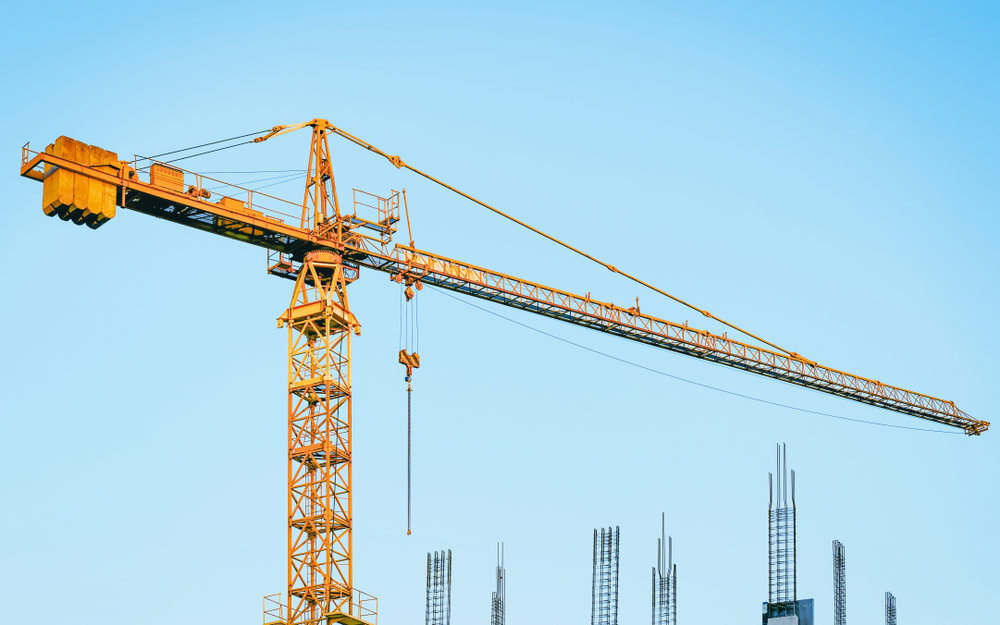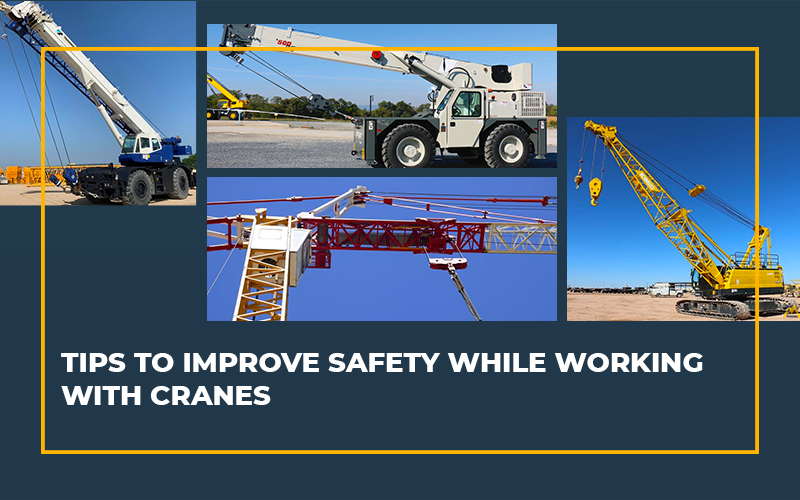If you have even the smallest of interest in heavy machinery, chances are you still know what a crane is. Cranes can be easily spotted working on construction sites building skyscrapers and lifting loads to incredible heights. While cranes are an incredibly powerful and useful piece of equipment, they also pose quite a danger. If cranes are not handled appropriately, they can be a hazard on the worksite and could potentially result in serious accidents. Therefore, if you are going to be working with a crane, you should do your best to lessen the risks involved, and the following are a few tips to help you do just that.
Choose the Right Crane for the Job
If you want to be safe while working with a crane, the first thing that you need to be sure about is whether you have chosen the right type of crane for the job. Cranes can be fixed or mobile, and both cranes are used in different settings. For instance, fixed cranes are commonly used in the construction of complex, sky-high projects or in an industrial environment, whereas mobile cranes come in a number of varieties and are used in different settings. Cranes are quite dangerous themselves, and on top of that, the fact they are carrying heavy loads to such heights only adds to the danger of these machines. When you are selecting one for your site, you want to be sure it is the right type of equipment for the job.

Fixed Cranes
If your project doesn’t need the crane to be moved to different locations on the site a fixed crane would be perfect for the job. They are used very often in huge projects for construction of mega projects. They are built on the location of the project and are fixed to the ground, while they don’t offer the mobility of a mobile crane they are irreplaceable in certain construction projects.
Types of Mobile Cranes
If you are certain that what you need for your project is a mobile crane, it is time to determine which mobile crane is best suited for your project. Before you start looking for a crane for sale, read up on its details to ensure that it is the right machine for your project.
Carry Deck Crane
Carry deck cranes are easy to handle as their features allow them to be set up and rotated easily, but they are not of much help on a rough terrain.
Crawler Crane
Crawler cranes feature tracks rather than rubber wheels, and this makes them a perfect fit for jobsites that have a soft terrain.
Rough Terrain Crane
As the name suggests, rough terrain cranes are built to work on tough terrains and can easily handle jobs with difficult grades.
All Terrain Crane
These are versatile cranes that are able to handle rough terrains but can also travel on their own to the worksite.
If your project requires a mobile crane, think carefully about all the options mentioned above before choosing which one is best for you.
Hire Qualified Crane Operators
Cranes are dangerous enough on their own but having unqualified personnel will only add to the risk factors involved in working with them. If you want to be safe while you work on your project, you will need to hire qualified crane operators and personnel so that they can safely set up, rig, and signal while working with the crane. It is also important that you follow all the regulations set in place by OSHA while working with cranes.
Read the Operator’s Manual
You may think that having trained operators handling the equipment means that you do not have to peruse the operator’s manual, but that is not the case. Different cranes have different manufacturers, and as such, the controls, features, and placement of failsafe devices are specific to each model. Anyone who is going to be working with or around the particular crane you have on site should completely understand the functions of that crane.
Reading the operator’s manual will allow you to learn about important information regarding the crane you are going to be working with such as what its loading capacity is and how its safety mechanisms work. You can find details about the operator controls, stabilizers, and counterweights in it. Before you start working with the crane, make sure to read through the manual yourself and have the workers who will be working around the crane go through it as well.


 1400 Broadfield Blvd, Houston, TX 77084,
USA.
1400 Broadfield Blvd, Houston, TX 77084,
USA. omer@my-equipment.com
omer@my-equipment.com